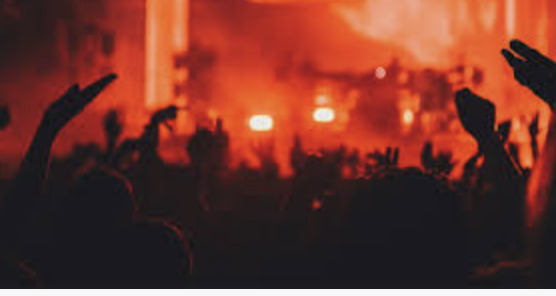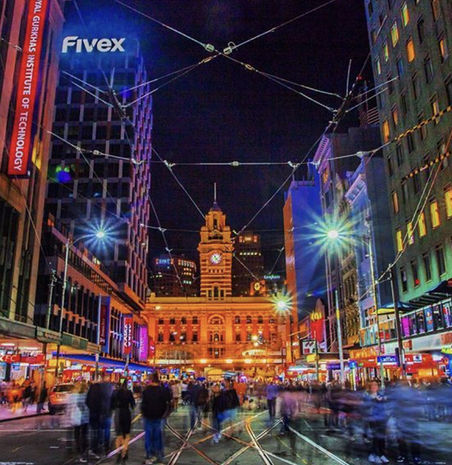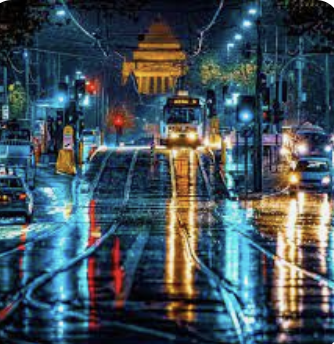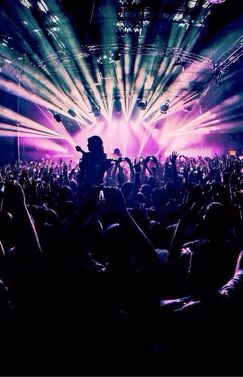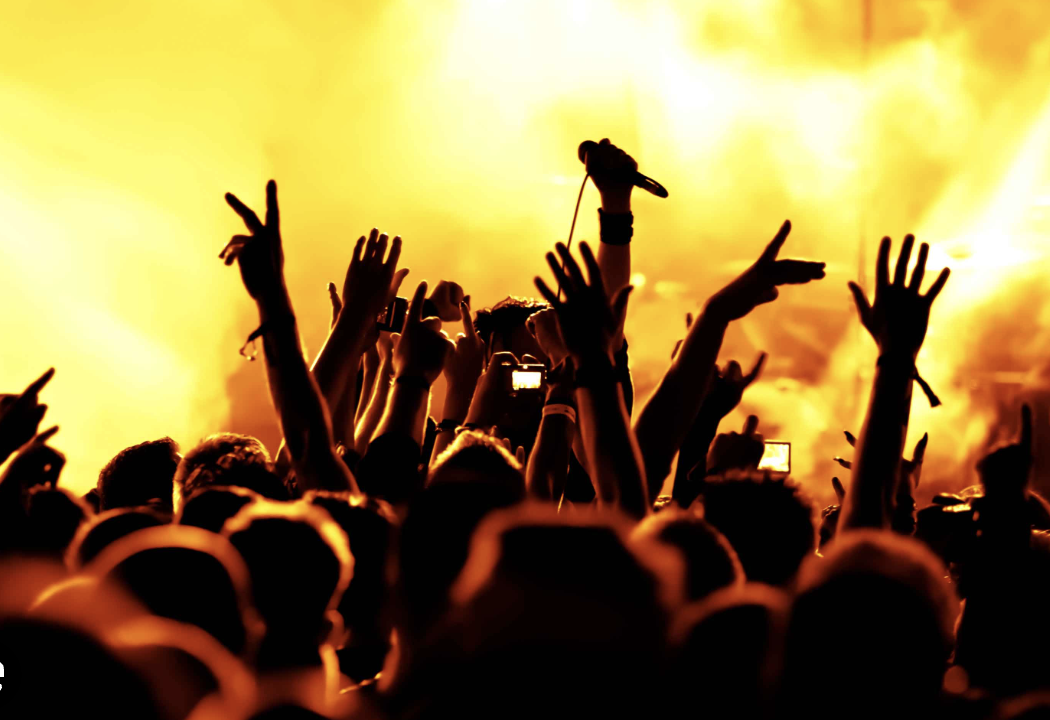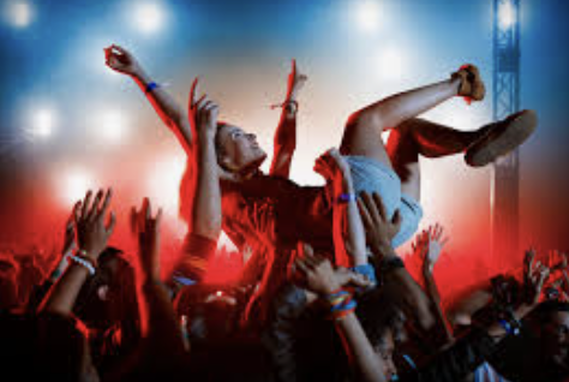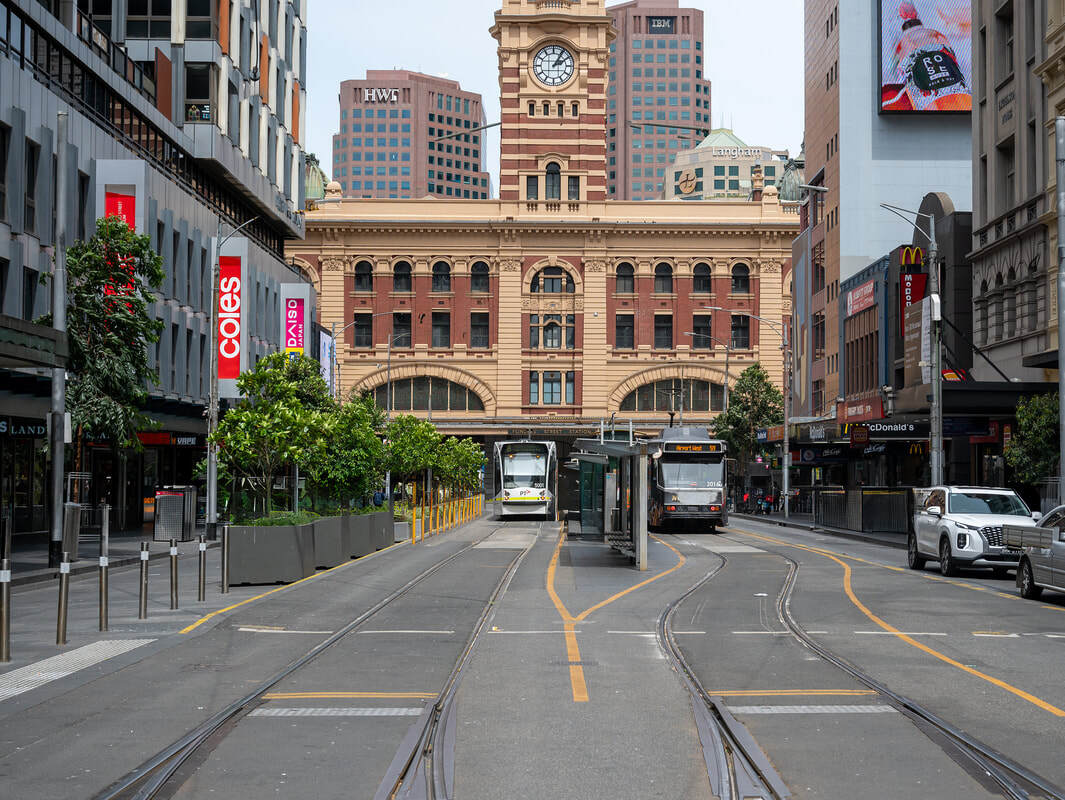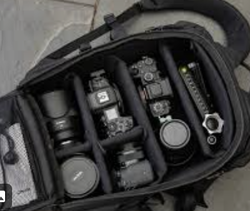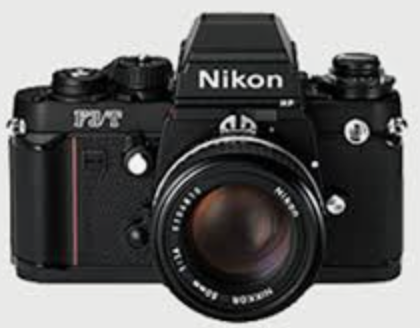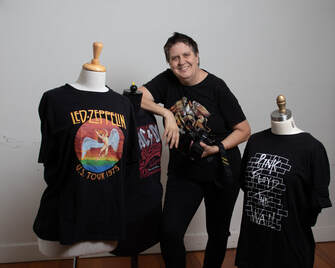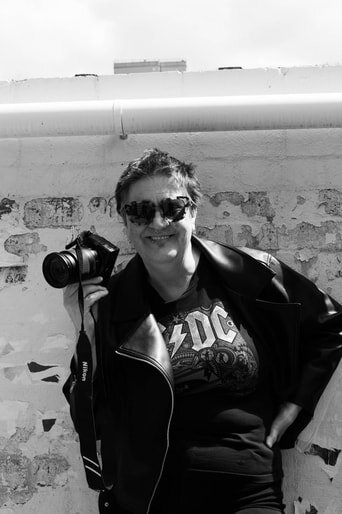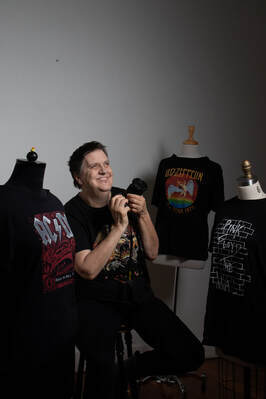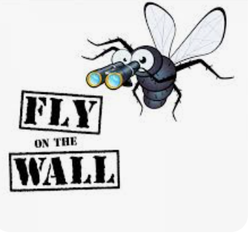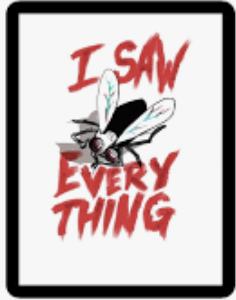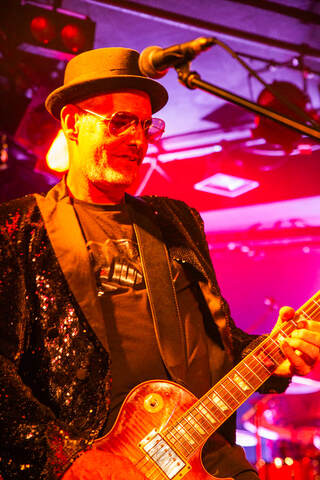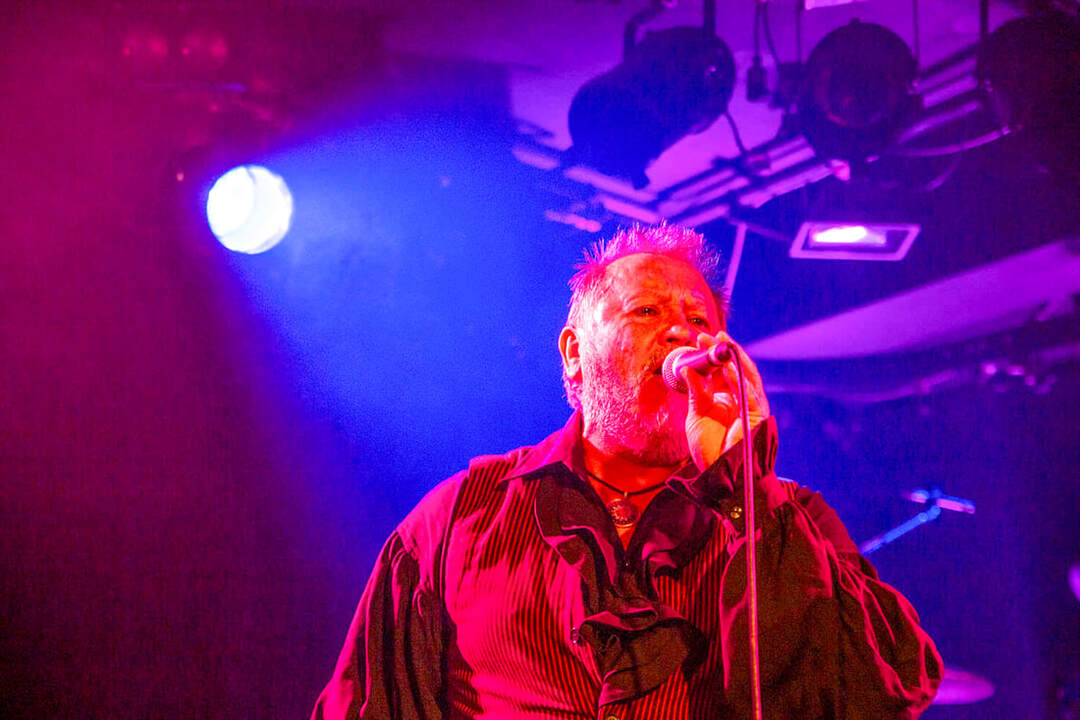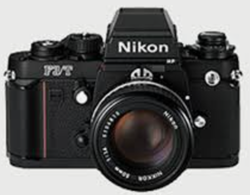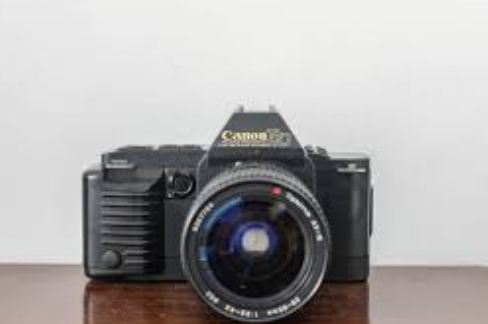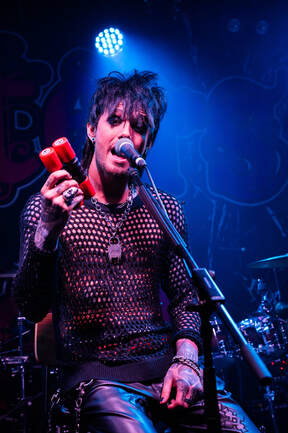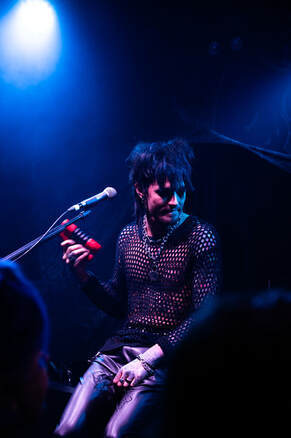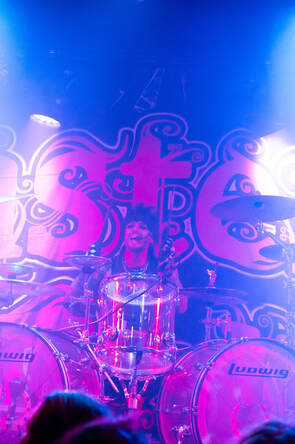- Published on
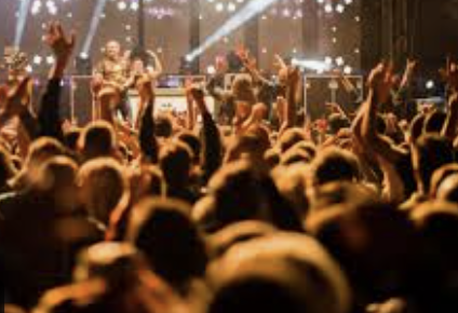
Capturing the perfect shot at a live music gig requires more than just being present—it demands preparation. Before heading out to your next show, it’s essential to take a few key steps to ensure your gear and workflow are in top shape. Here's a breakdown of how to prepare for a successful shoot.
1. Charge Your Batteries:
There’s nothing worse than running out of battery power in the middle of a show. To avoid this, make sure all your camera batteries are fully charged the night before. If you have spares (and you should), charge those as well. Live music shoots can be unpredictable, and having extra power can save you during long performances or unexpected encores.
• Use a dedicated charging station to keep things organized.
• Label your batteries to track usage and longevity.
• Carry a portable charger if your camera supports USB charging for emergencies.
2. Back Up Your Previous Work:
Before you head to the next gig, ensure that all your photos from previous shows are safely backed up. This step clears your memory cards and provides peace of mind that your past work is secure.
• Transfer Files: Move all images to your computer or an external hard drive.
• Cloud Storage: Use services like Google Drive, Dropbox, or specialized photography platforms for additional backups.
• Double Backup: Ideally, keep two copies of your work—one on a physical drive and one in the cloud. 3. Clear Your SD Cards
Once your files are safely backed up, format your SD cards to ensure they’re ready for the next show. A clean card reduces the risk of running out of space during a gig and ensures smooth performance.
• Always format your cards in-camera rather than deleting files manually.
• Carry multiple SD cards in case you need extra storage on the go.
4. Clean and Inspect Your Camera Gear:
Live music environments can be tough on your equipment, with dust, smoke, and even drink spills posing potential hazards. Before your next show, take time to clean and inspect your camera and lenses.
• Wipe the Lens: Use a microfiber cloth and lens cleaner to remove smudges.
• Check the Sensor: Use a sensor-cleaning kit if needed, or take your camera to a professional for cleaning.
• Inspect Your Gear: Check for loose screws, sticky buttons, or any signs of wear that could impact performance.
5. Test Your Equipment:
Before leaving, test all your equipment to ensure it’s working properly.
• Attach your lens to the camera and take a few test shots.
• Check autofocus performance and ensure your settings (ISO, aperture, shutter speed) are reset for the new gig.
• Test any additional gear, such as flashes, tripods, or remote triggers. 6. Pack Smartly Organize your bag so you can access essentials quickly during the show.
• Include: Camera, lenses, batteries, SD cards, microfiber cloth, earplugs, and a backup camera if possible.
• Use padded compartments to protect your gear.
• Keep small items, like lens caps and SD cards, in zippered pouches to avoid losing them in the dark.
7. Mental and Physical Preparation:
• Scout the Venue: Research the layout and lighting setup if possible.
• Hydrate and Eat: Stay energized for what can be a long and intense night.
• Dress Appropriately: Wear all black to blend in, with comfortable shoes for moving around.
By following these steps, you'll not only be ready for the technical challenges of live music photography but also mentally prepared to capture the essence of the performance. Preparation is the foundation of great photography—don’t skip it!
1. Charge Your Batteries:
There’s nothing worse than running out of battery power in the middle of a show. To avoid this, make sure all your camera batteries are fully charged the night before. If you have spares (and you should), charge those as well. Live music shoots can be unpredictable, and having extra power can save you during long performances or unexpected encores.
• Use a dedicated charging station to keep things organized.
• Label your batteries to track usage and longevity.
• Carry a portable charger if your camera supports USB charging for emergencies.
2. Back Up Your Previous Work:
Before you head to the next gig, ensure that all your photos from previous shows are safely backed up. This step clears your memory cards and provides peace of mind that your past work is secure.
• Transfer Files: Move all images to your computer or an external hard drive.
• Cloud Storage: Use services like Google Drive, Dropbox, or specialized photography platforms for additional backups.
• Double Backup: Ideally, keep two copies of your work—one on a physical drive and one in the cloud. 3. Clear Your SD Cards
Once your files are safely backed up, format your SD cards to ensure they’re ready for the next show. A clean card reduces the risk of running out of space during a gig and ensures smooth performance.
• Always format your cards in-camera rather than deleting files manually.
• Carry multiple SD cards in case you need extra storage on the go.
4. Clean and Inspect Your Camera Gear:
Live music environments can be tough on your equipment, with dust, smoke, and even drink spills posing potential hazards. Before your next show, take time to clean and inspect your camera and lenses.
• Wipe the Lens: Use a microfiber cloth and lens cleaner to remove smudges.
• Check the Sensor: Use a sensor-cleaning kit if needed, or take your camera to a professional for cleaning.
• Inspect Your Gear: Check for loose screws, sticky buttons, or any signs of wear that could impact performance.
5. Test Your Equipment:
Before leaving, test all your equipment to ensure it’s working properly.
• Attach your lens to the camera and take a few test shots.
• Check autofocus performance and ensure your settings (ISO, aperture, shutter speed) are reset for the new gig.
• Test any additional gear, such as flashes, tripods, or remote triggers. 6. Pack Smartly Organize your bag so you can access essentials quickly during the show.
• Include: Camera, lenses, batteries, SD cards, microfiber cloth, earplugs, and a backup camera if possible.
• Use padded compartments to protect your gear.
• Keep small items, like lens caps and SD cards, in zippered pouches to avoid losing them in the dark.
7. Mental and Physical Preparation:
• Scout the Venue: Research the layout and lighting setup if possible.
• Hydrate and Eat: Stay energized for what can be a long and intense night.
• Dress Appropriately: Wear all black to blend in, with comfortable shoes for moving around.
By following these steps, you'll not only be ready for the technical challenges of live music photography but also mentally prepared to capture the essence of the performance. Preparation is the foundation of great photography—don’t skip it!
